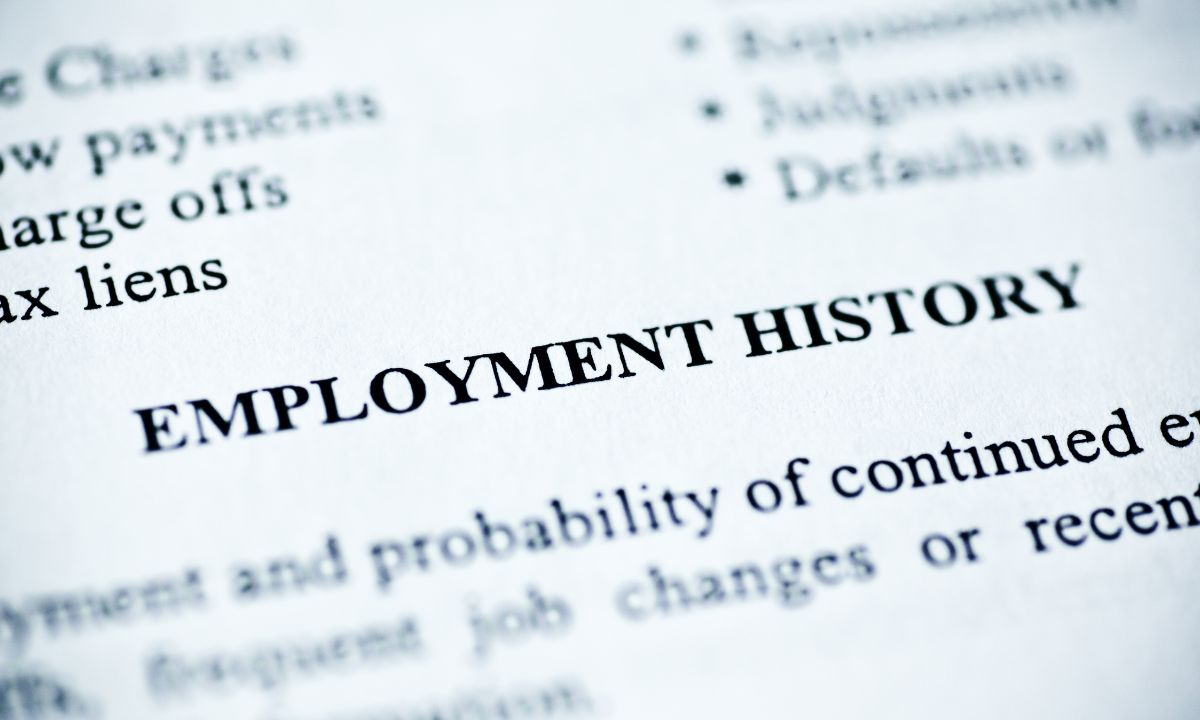The Importance of Employment History in Mortgage Approval and How Job Changes Impact Your Chances
 When you’re applying for a mortgage, lenders scrutinize several aspects of your financial life to determine your eligibility. One crucial factor that can significantly influence the outcome is your employment history. Consistent and stable employment demonstrates to lenders that you have a reliable income stream, which reduces their risk in lending you money. However, job changes or gaps in employment can complicate the approval process. Let’s explore how your employment history affects mortgage approval and offer some solutions to mitigate potential issues.
When you’re applying for a mortgage, lenders scrutinize several aspects of your financial life to determine your eligibility. One crucial factor that can significantly influence the outcome is your employment history. Consistent and stable employment demonstrates to lenders that you have a reliable income stream, which reduces their risk in lending you money. However, job changes or gaps in employment can complicate the approval process. Let’s explore how your employment history affects mortgage approval and offer some solutions to mitigate potential issues.
Understanding the Importance of Employment History
Lenders look at your employment history to gauge your income stability. Typically, they prefer applicants with at least two years of consistent employment in the same field. This consistency suggests that you’re capable of maintaining steady employment, which translates to a steady income to pay off your mortgage.
How Job Changes Impact Mortgage Approval
- Frequent Job Changes: If you change jobs frequently, it can signal instability to lenders. They may worry that you’re at risk of unemployment, which could affect your ability to make mortgage payments.
- Gaps in Employment: Extended periods without employment can also be a red flag. Lenders might question your financial stability and your ability to maintain a steady income.
- Career Changes: Switching to a completely different career field can be seen as risky. Lenders prefer applicants who show continuity in their job roles, as it suggests expertise and job security in their current field.
Solutions for Overcoming Employment History Challenges
- Provide Detailed Explanations: If you have gaps or frequent job changes, be prepared to explain them. Documenting reasons such as further education, family needs, or better career opportunities can help.
- Showcase Income Stability: Demonstrate that despite job changes, your income has remained stable or increased. Providing consistent pay stubs, tax returns, and bank statements can support your case.
- Consider a Co-Signer: If your employment history is a significant concern, having a co-signer with a stable job and strong credit can improve your chances of mortgage approval.
- Opt for Jobs Within the Same Field: If possible, try to stay within the same industry when changing jobs. This continuity can reassure lenders of your expertise and job stability.
- Wait Before Applying: If you recently changed jobs, consider waiting until you have at least six months to a year in your new position before applying for a mortgage. This shows stability in your new role.
- Seek Professional Advice: Mortgage brokers and financial advisors can offer tailored advice based on your specific situation, helping you navigate the mortgage approval process more effectively.
Your employment history plays a vital role in mortgage approval. While stable, long-term employment in the same field is ideal, job changes and employment gaps don’t have to derail your homeownership dreams. By understanding how lenders view your employment history and taking proactive steps to address potential concerns, you can improve your chances of securing a mortgage.
 Are you dreaming of owning a home that not only suits your lifestyle but also helps you save on energy bills? Well, it might sound like a dream, but with Energy Efficient Mortgage (EEM) programs, it’s entirely within reach. We will discuss the world of EEMs, exploring what they are, how they work, and how they can benefit both homeowners and the environment.
Are you dreaming of owning a home that not only suits your lifestyle but also helps you save on energy bills? Well, it might sound like a dream, but with Energy Efficient Mortgage (EEM) programs, it’s entirely within reach. We will discuss the world of EEMs, exploring what they are, how they work, and how they can benefit both homeowners and the environment. What exactly is an interest-only mortgage? Simply put, it’s a type of home loan where you pay only the interest for a certain period, typically the first five to ten years. After this initial period, you begin paying both the principal and interest, resulting in higher monthly payments.
What exactly is an interest-only mortgage? Simply put, it’s a type of home loan where you pay only the interest for a certain period, typically the first five to ten years. After this initial period, you begin paying both the principal and interest, resulting in higher monthly payments.